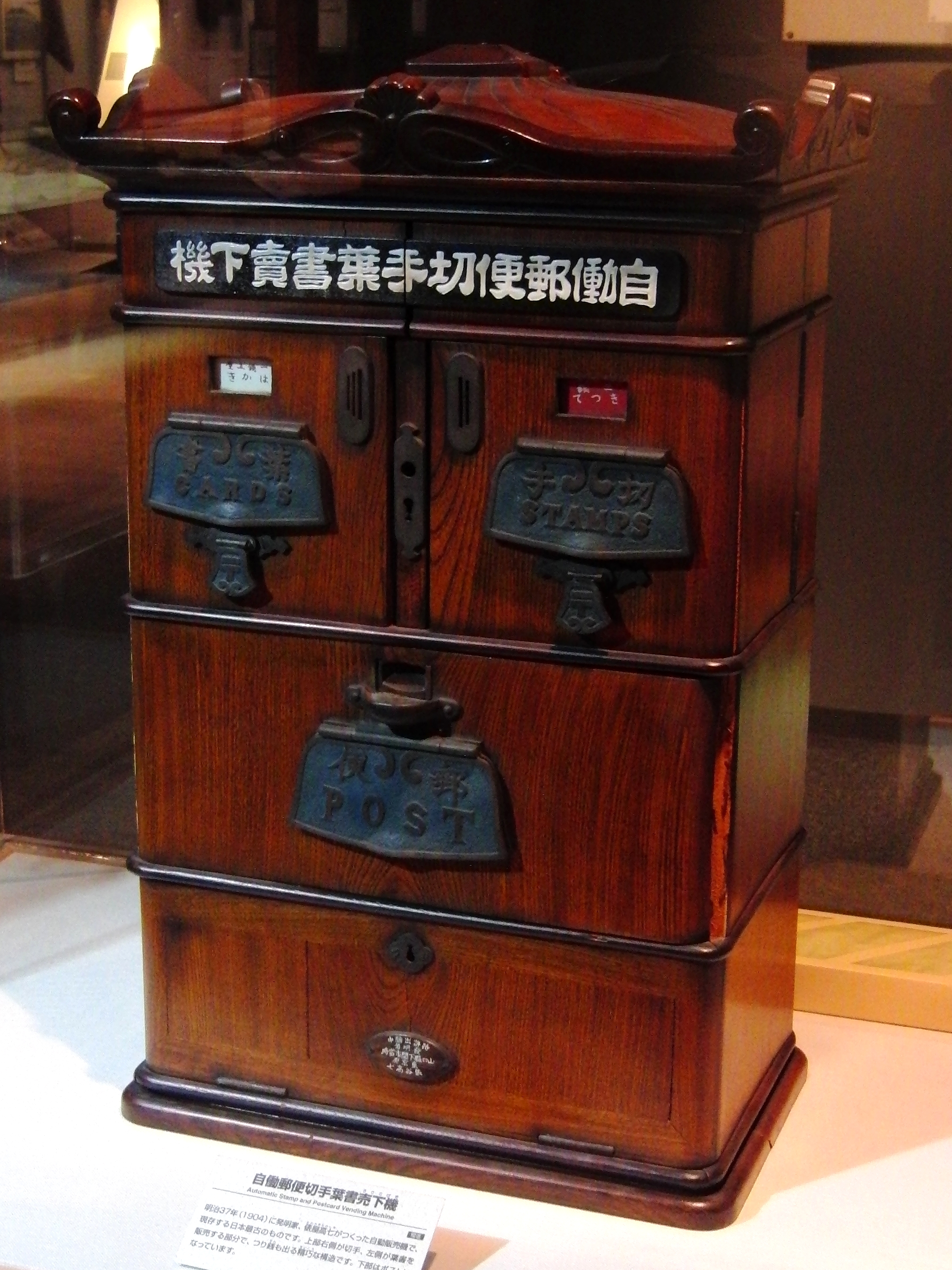There are at least two different accounts of the original invention of slot machines. One is that the first device was the Liberty Bell machine, invented by an American named Charles Fey in 1887.
Mechanical slot machines became increasingly popular until 1963 when the electronic slot machine was invented, and this, in turn, gave way to slot machines which contained electronic chips, developed in the late 1970s and early 1980s. The 1990s saw the advent of online gaming and the first online casinos and slot machines. The 1980s was a decade of great change, especially for the slot machine industry in the United States and Australia. Meanwhile, we opened our London office, launched our casino systems business in Australia and released the landmark ‘Microstar’ range of slot machines, featuring some gaming technologies that are still used today. As Kerry Segrave, author of Vending Machines: A Social History, found, the first vending machine was invented by Heron of Alexandria in first-century Roman Egypt because worshipers were taking.
It was relatively simple, featuring just three reels and five symbols: a Liberty Bell (hence the name) along with a horseshoe, a heart, a diamond, and a spade.
The other version is that Fey didn’t develop his machine until later, in 1895, and that the first device was in fact inaugurated in 1891 by two men named Sittman and Pitt. This machine wasloosely based on poker, although there were only 50 cards used.
These 50 cards were featured on five spinning drums (10 on each), which would display a five-card poker hand on each spin. The better the hand displayed, the more a player could win.
There were some similarities and differences between these two devices. Both required a player to pull a lever to start the reels or drums spinning, and it was this aspect that led to slotmachines being known as one-armed bandits.
The basic principle of both was also the same in that players inserted a coin and won certain amounts based on the result of the spin.
One of the main differences between the two was that the Liberty Bell had a mechanism that automatically dispensed coins depending on the result of the spin, while the machine developed bySittman and Pitt did not.
There were many more possible combinations due to the five reels instead of three and the use of playing cards instead of just a few symbols.
It was perhaps this key difference that made the Liberty Bell the more popular of the two. Although both devices were produced in numbers and installed in bars, saloons, and other venues, it wasthe Liberty Bell that really started the slot machine boom.
Other companies soon began to manufacture their versions of these early devices, and the slots industry was well and truly established.
Charles Fey (born August Fey in Vöhringen, Bavaria) (September 9, 1862 [1] – November 10, 1944) was a San Franciscomechanic best known for inventing the slot machine.
Career and Invention[edit]
The First Slot Machine Was Invented In What Year
As a young man, Charles Fey worked in France and London before emigrating at age twenty-three to New Jersey, where his uncle lived.[2]

Charles traveled all over the USA and settled in San Francisco, California where he started working at the Western Electric Works company in 1885.[3] Later he started his own company together with Theodore Holtz and Gustav Friedrich Wilhelm Schultze: this company worked with electrical equipment and telephones.
In the 1880s, slot machines required an attendant to make a payout, usually tickets or tokens. Gustav Friedrich Wilhelm Schultze's 'Horseshoe Slot Machine' of 1893 was the first machine to include an automatic payout mechanism.[2] In 1895, Fey invented a modified version of the Horseshoe that paid out coins; this machine became incredibly popular.
Fey opened a slot machine workshop in 1896[4] or 1897.[2]
In 1898, he designed the 'Liberty Bell Slot Machine,' the most famous slot machine of its day. When three bells aligned, it paid fifty cents. Fey installed and managed his machines in saloons throughout San Francisco. Because gambling was illegal in California, Fey could not patent his device, leading to many competitors.[2]
Personal life[edit]
In San Francisco, Fey met Marie Christine Volkmar (1866-1942), but their courtship was interrupted by illness. In the early 1880s, Fey had been diagnosed with tuberculosis; in accordance with scientific knowledge at the time, he moved to a warmer climate (Mexico) for a few years, before returning to San Francisco for a series of creosote treatments, which were successful. He married Marie in 1889. The couple would have three daughters and one son.[2]
During this time, Fey changed his name from August to Charles, supposedly because he did not like the nickname 'Gus.'[2]
References[edit]
- ^'California Death Index'. Archived from the original on 2008-01-18. Retrieved 2008-02-11.
- ^ abcdefWohlers, Tony and Eric Schmaltz. 'Charles August Fey.' In Immigrant Entrepreneurship: German-American Business Biographies, 1720 to the Present, vol. 3, edited by Giles R. Hoyt. German Historical Institute. Last modified March 25, 2014.
- ^Charles Fey History and BiographyArchived June 8, 2008, at the Wayback Machine
- ^Charles Fey at SlotsMachinesHistory.com
The First Slot Machine Was Invented In What Year
External links[edit]
- Charles Fey at Find a Grave